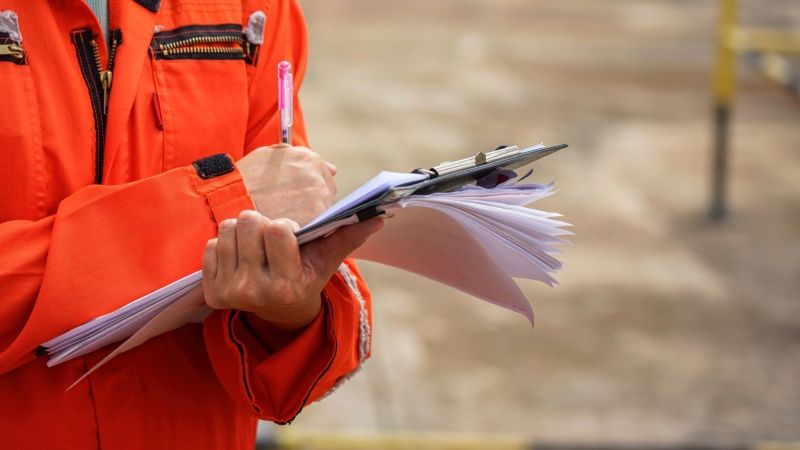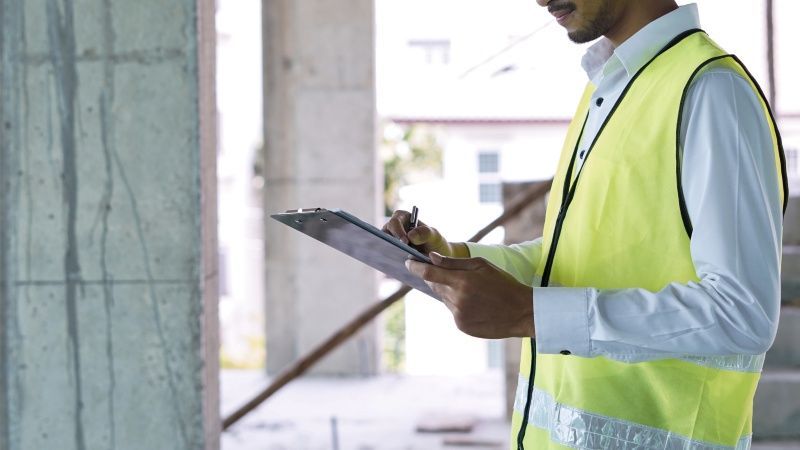Safety failings and reckless conduct caused fatality
A case in the ACT highlighted multiple safety failures of inadequate training, time pressures and cost-saving measures that saw a worker sentenced to 12 months’ jail for reckless conduct that killed a co-worker.
In August 2016, a RAR Cranes worker was instructed to use a crane to move a large 10.3 tonne generator that exceeded the crane’s rated capacity of 10 tonne at the University of Canberra Hospital construction site run by Multiplex.
The worker allowed others to pressure him into performing the unsafe lift. The crane overturned, crushing his 62-year-old co-worker, between the boom of the crane and ground killing him instantly.
The offence was reckless conduct – category 1 of the ACT WHS Act due to the serious nature. However, his sentence was wholly suspended upon him entering a good behaviour order.
Early 2018, the worker was charged with manslaughter under the Crimes Act with a maximum penalty of 20 years’ jail. Then in February 2020, the worker reached an agreement with the prosecution and pleaded guilty to a different charge of reckless conduct under the WHS Act, with penalties of up to five years’ jail, $300,000 or both.
Finally, in April 2020, the worker’s submission that the “offence crystallised in a relatively short period (three minutes), when the overloaded crane was at risk of tipping onto the deceased” was accepted by the Justice. The offence was still considered to have had a “high degree of recklessness” and of “substantial objective seriousness”.
Multiple safety failings
In August 2016, Multiplex wanted the generator moved to another area of the construction site for the operation of a tower crane the following day. If the move occurred in a straight line it would have travelled 50 metres, however, it needed to move 600 metres on “uneven terrain and soft ground of uncertain surface stability” to avoid in ground plumbing.
Previously, a RAR employee had moved the generator twice by crane within the site and said, “that he did not believe it was safe to use the crane to move the generator.” RAR recommended using “a 200-tonne slewing crane or a tilt-tray truck to move it”. Multiplex rejected the proposal due to “cost and logistical reasons” and they were not “eager to be part of it.”
Then, RAR and Multiplex walked the travel route and concluded the pick and carry crane was suitable for the job without undertaking the required “risk assessment concerning the means and route by which the generator would be moved”.
Late afternoon of the incident, RAR informed the worker who hadn’t visited the site before that the generator had to be moved that day and to use the “‘superlift’ counterweight and ‘D’ shackles”. The worker did not receive a mandatory safety induction despite asking for one. He also, hadn’t been trained by RAR on how to correctly operate the crane in ‘superlift’ mode, and had not been informed that another RAR worker felt the crane shouldn’t be used for lifting the generator.
The worker told the site supervisor “that RAR had a 200-tonne slewing crane which would be more appropriate for the job (the same suggestion made earlier in the day by another RAR employee), but was told that it was ‘not an option’, the crane had to be used for the job, it was suitable, as it had been used before to move the generator.” The worker felt compelled to proceed because both RAR and Multiplex wanted the job done and he was worried about his job security.”
Normally a risk assessment would be done prior to lifting however, it was missed as the light was fading and there was urgency to move the generator that day. If this had been completed, it would have been clear that at one point, the path, involved an unavoidable side slope of 6.59° and other terrain angles of up to 10.27°. The manufacturer warning stated the crane must not operate on a slope greater than 5°.
Furthermore, the worker and other workers onsite connected the ‘superlift’ counterweight incorrectly to the crane and rigged the generator using the dragging lugs rather than the lifting points. This meant that the crane’s computer would make calculations as though the counterweight was not fitted. The load was not rigged appropriately; the height and length of the boom were greater than was required to lift the load.
During the lift, the worker operated the crane in excess of its rated capacity three times, the crane’s alarms sounded multiple times, where he repeatedly overrode the safety system and safety mechanisms and the boom was extended to the point that the crane was overloaded.
Finally, when the crane was operating at 130.5 per cent of its rated capacity it tipped and killed a tower crane operator.
In court
The primary responsibility for risk assessment and worker safety lied with Multiplex and RAR. However, the worker’s responsibility was not absolved, he didn’t risk assess the lift, performed the lift in poor lighting, operated the crane in excess of its capacity and fitted the crane equipment incorrectly.
The Justice found “as the worker had no reliable means of assessing overload, the duration of his recklessness about general risks was not limited to three minutes. He continued with the task for a significant period [of about 45 minutes].”
At a previous site, the worker had refused to undertake a crane task as a rigger because of safety concerns, which led to a RAR client engaging another company to carry out the lift. He believed his casual employment would be threatened if he refused to carry out the lift. The Justice said “the operator of a crane can, and should, terminate a lifting operation if they believe that it is not safe to proceed” which unfortunately this time, did not happen.
The sentence
The worker agreed to give evidence in the prosecution proceedings against Multiplex, RAR and the other charged individuals. Nearly everyone who was present at the time of the incident has been charged with breaching section 31 of the ACT WHS Act, category 1 – reckless conduct.
Furthermore, Multiplex’s CEO, Multiplex’s site manager and RAR’s managing director were charged with breaching section 32 of the WHS Act, category 2 – failure to comply with health and safety duty.
It was ruled a suitable starting point for the worker’s penalty was 20 months’ imprisonment, before reducing this by 40 per cent to 12 months’ jail, wholly suspended under a 12-month order.







